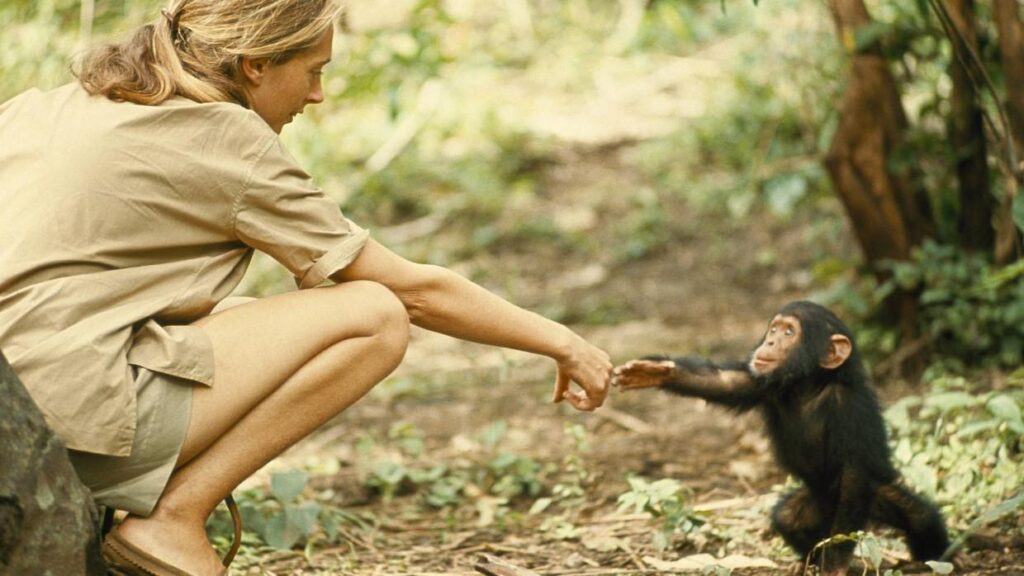Renowned primatologist Jane Goodall has issued a compelling call to action, emphasizing the need to prioritize local wisdom alongside scientific research in addressing pressing environmental challenges. Speaking to the Observer, Goodall highlighted how integrating indigenous knowledge systems with modern science can lead to more effective and sustainable solutions for conservation. As global ecosystems face unprecedented threats, her message underscores a shift towards inclusive approaches in safeguarding biodiversity and empowering communities worldwide.
Jane Goodall Emphasizes Integrating Local Wisdom With Scientific Research for Conservation Success
Legendary primatologist Jane Goodall advocates for a holistic approach to conservation that marries the deep-rooted knowledge of indigenous communities with modern scientific methods. She stresses that sustainable environmental solutions depend on respecting and integrating local insights, which have been honed over centuries. Goodall argues that science alone cannot address complex ecological challenges without the cultural context and practical wisdom that local populations provide.
Her vision encourages collaboration between researchers and indigenous groups, which can lead to more effective and culturally sensitive conservation strategies. Among the key benefits she highlights are:
- Enhanced biodiversity protection through traditional ecological practices
- Improved community participation and stewardship
- Greater resilience of ecosystems facing climate change
| Stakeholder | Contribution | Impact |
|---|---|---|
| Local Communities | Traditional Knowledge | Preservation of habitats |
| Scientists | Data & Research | Innovative solutions |
| Conservationists | Implementation | Sustainable management |
The Role of Indigenous Communities in Protecting Biodiversity and Shaping Environmental Policies
Indigenous communities have long been the unsung stewards of the earth’s most vital ecosystems. Their profound connection to the land, rooted in generations of cultural knowledge and sustainable practices, plays a crucial role in maintaining biodiversity. From the Amazon rainforest to the Arctic tundra, indigenous peoples apply traditional resource management that often surpasses modern conservation methods in effectiveness. Their practices, such as rotational farming, sacred groves preservation, and controlled burning, serve as natural safeguards against habitat loss and species extinction. Governments and environmental organizations are increasingly recognizing these local wisdoms as essential tools in combating the ecological crises facing the planet.
Moreover, indigenous voices are shaping global environmental policies by advocating for rights-based approaches that emphasize community control over natural resources. Recent international frameworks have sought to incorporate indigenous participation as a cornerstone of biodiversity protection. This shift acknowledges that successful conservation is not merely about protecting land but empowering those who have lived in harmony with it for centuries. Key areas where indigenous contributions influence policy include:
- Land tenure rights: Securing legal ownership of ancestral territories.
- Co-management agreements: Collaborative decision-making between governments and indigenous groups.
- Climate resilience: Utilizing traditional knowledge to mitigate impacts of climate change.
| Region | Indigenous Practice | Impact on Biodiversity |
|---|---|---|
| Amazon | Shifting cultivation & agroforestry | Maintains forest diversity |
| Pacific Islands | Marine resource management | Protects coral reefs and fish populations |
| Arctic | Seasonal hunting cycles | Preserves animal populations |
Practical Steps to Empower Local Voices and Bridge Science with Traditional Knowledge
Empowering local communities requires a commitment to genuine collaboration, where indigenous knowledge holders are recognized as equal partners in environmental decision-making. Practical efforts include creating platforms where traditional insights are documented and validated alongside scientific data. Governments and NGOs must invest in capacity-building initiatives that train community members in modern research techniques while also encouraging scientists to embrace cultural sensitivity and humility.
Key actions to foster this integration:
- Co-designed research projects that involve local experts from inception to conclusion.
- Community-led monitoring programs that blend oral histories with ecological surveys.
- Policy frameworks that enshrine the protection of traditional knowledge alongside scientific advancements.
- Accessible educational materials tailored to local languages and cultural practices.
| Stakeholder | Role | Example Action |
|---|---|---|
| Local Communities | Knowledge Providers | Share ecological practices & history |
| Scientists | Research Collaborators | Involve locals in data analysis |
| Policymakers | Final Thoughts
Jane Goodall’s call to integrate local wisdom with scientific research underscores a growing recognition that effective environmental conservation requires more than just data and technology. As communities around the world confront escalating ecological challenges, her advocacy serves as a timely reminder that sustainable solutions depend on honoring indigenous knowledge alongside modern science. The path forward, as Goodall envisions, is one of collaboration-where diverse voices contribute to preserving the planet for future generations. |
